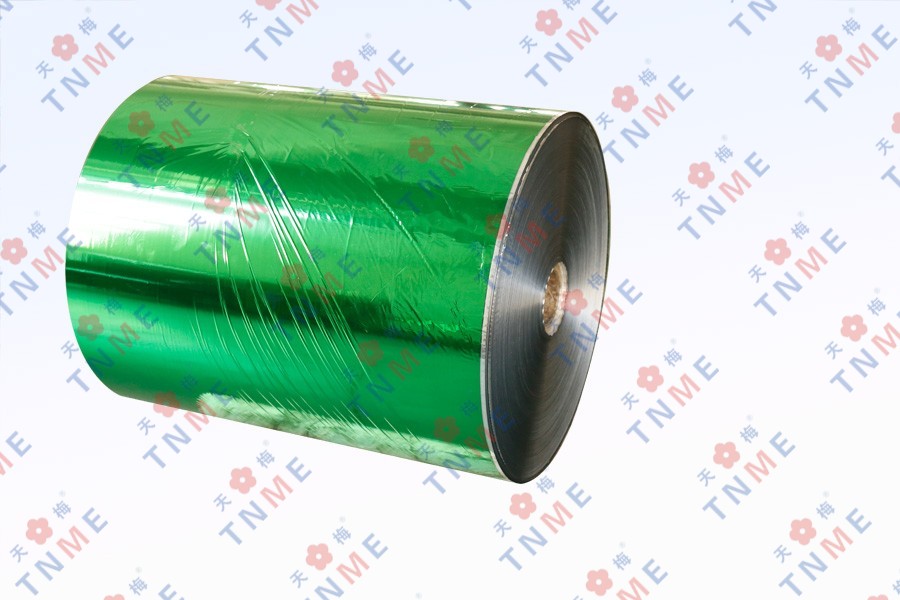
|
Products types |
Proper parameter |
Application |
|
Foil for UV materials |
110˚С ~130˚С |
Works on medium and small stamping design,different kinds of plastic materials and paper with heavy UV ink. |
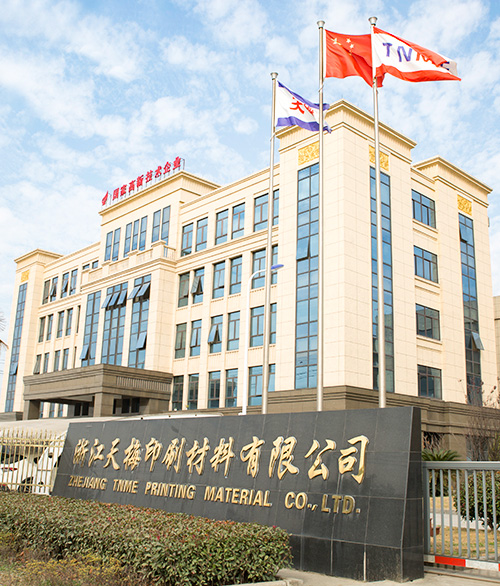

The company has introduced more than a dozen coating production lines imported from Germany and three imported vacuum coating equipment. The company has rich experience in modern production and management, and has a group of high-quality technical personnel and management personnel.

Since its establishment, the company has adhered to the principle of "people-oriented, quality first, excellence, and sincere cooperation". In order to provide customers with products and quality services that meet the requirements.

The company will establish, implement and continue to implement a management system in strict accordance with the ISO9000 international standards to make the company's product quality better, so as to be invincible in the market competition.

The company honors contracts and keeps promises and has advanced technology. The product has the characteristics of beautiful appearance, reliable performance and long use time. Ensure to meet the needs of customers.

We focus on developing high-quality products for the high-end market. Our products meet international standards and are mainly exported to Europe, the United States, Japan and other parts of the world.

For any products, we will communicate with customers professionally, listen to their opinions and offer useful suggestions to ensure that excellent quality products are made.


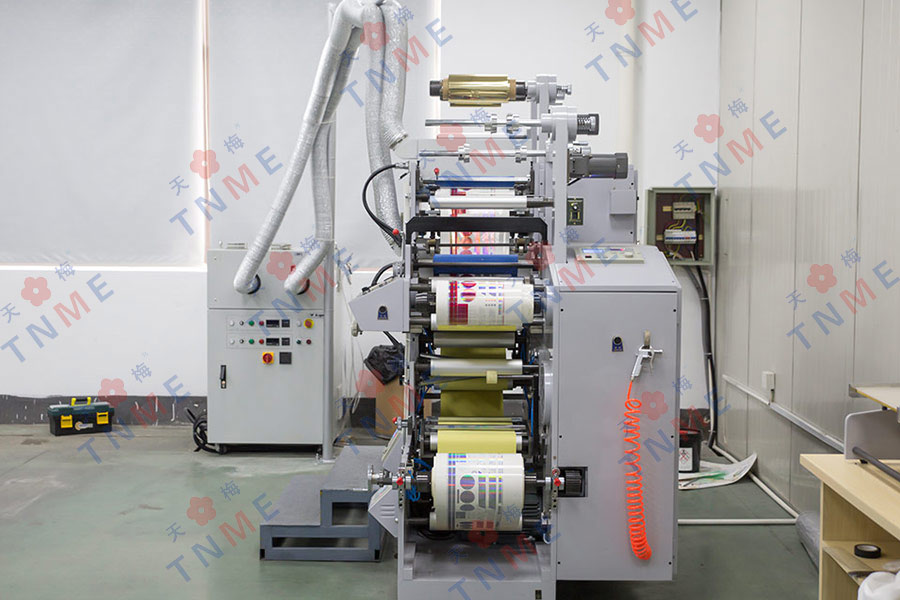
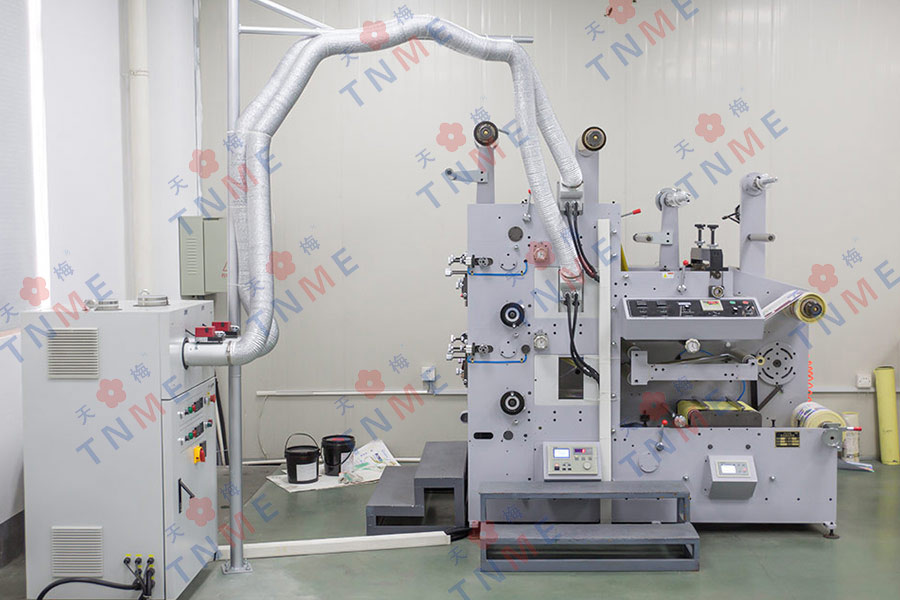
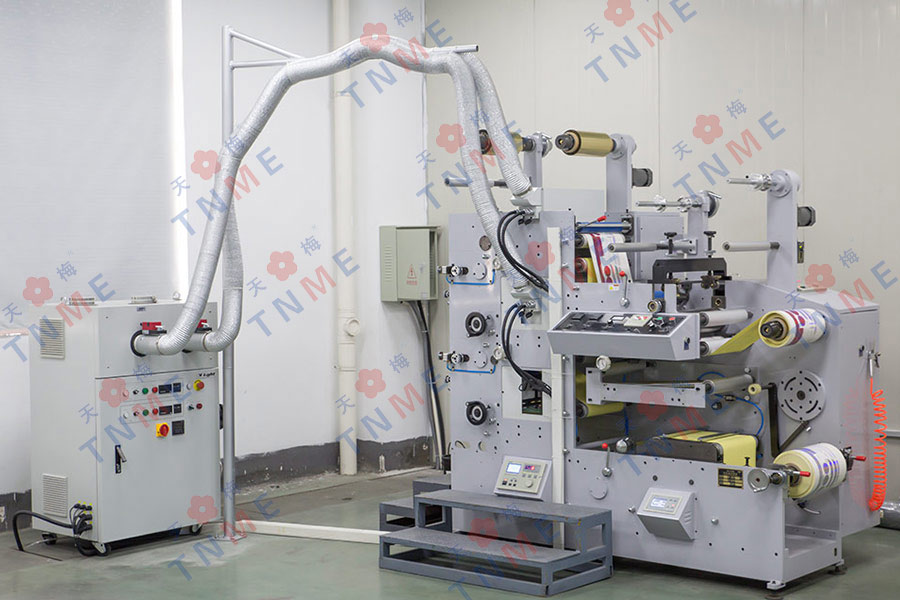
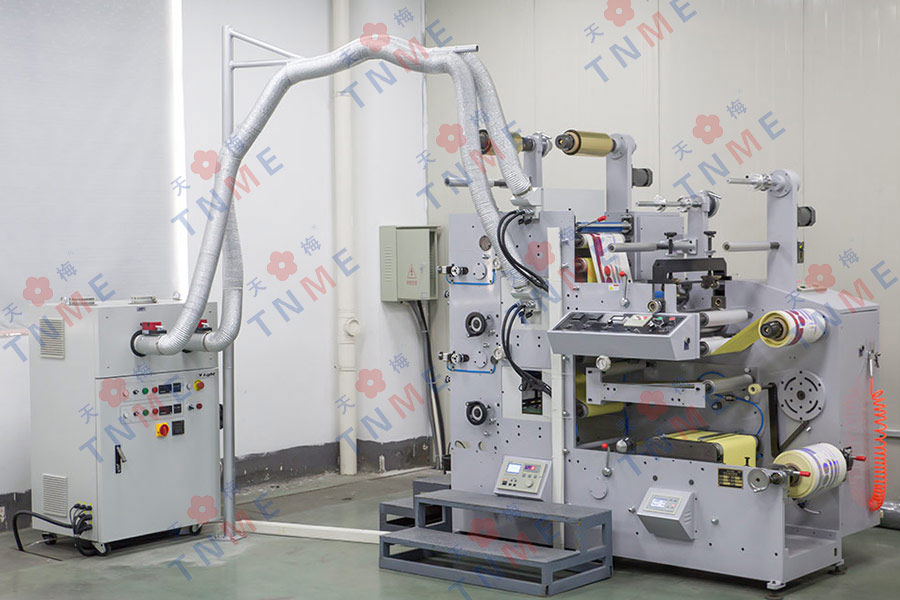
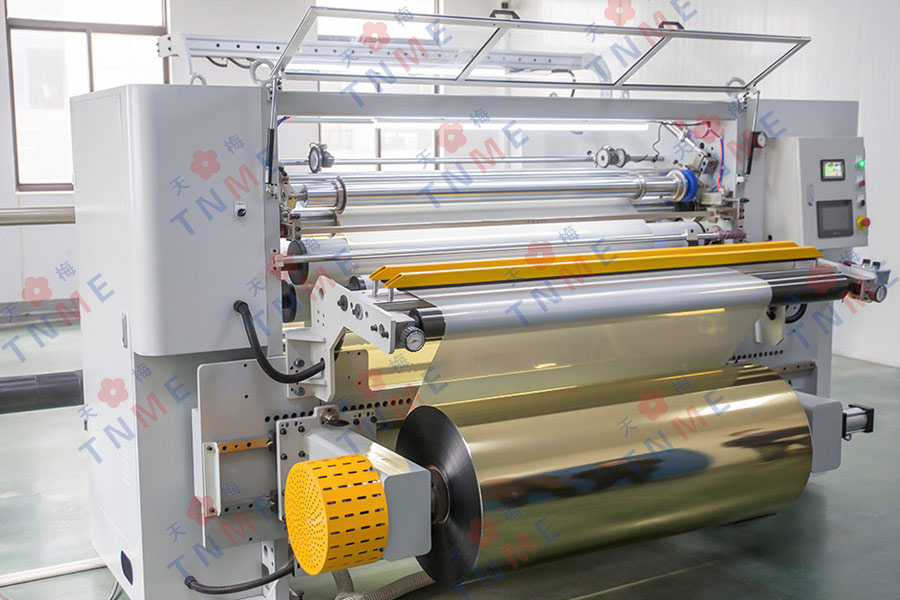
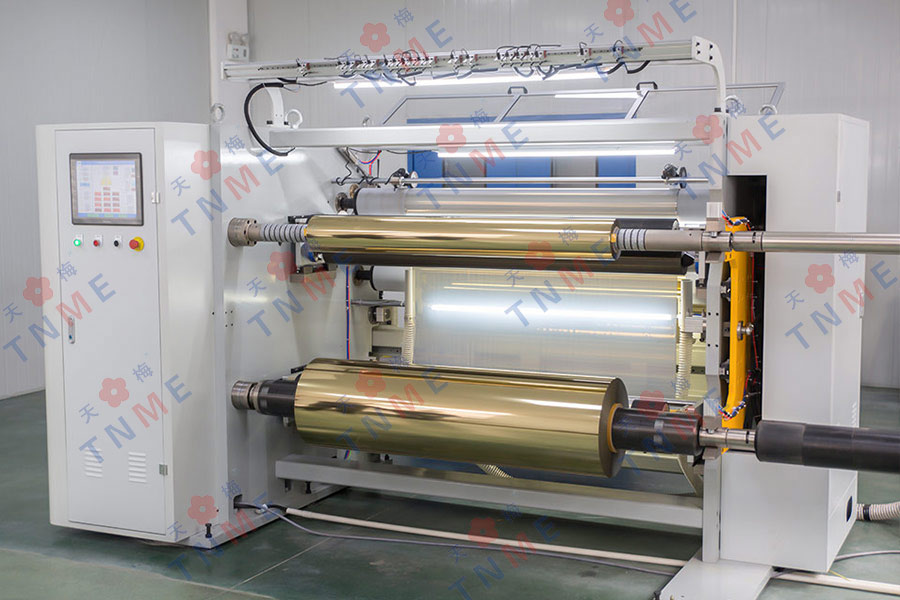
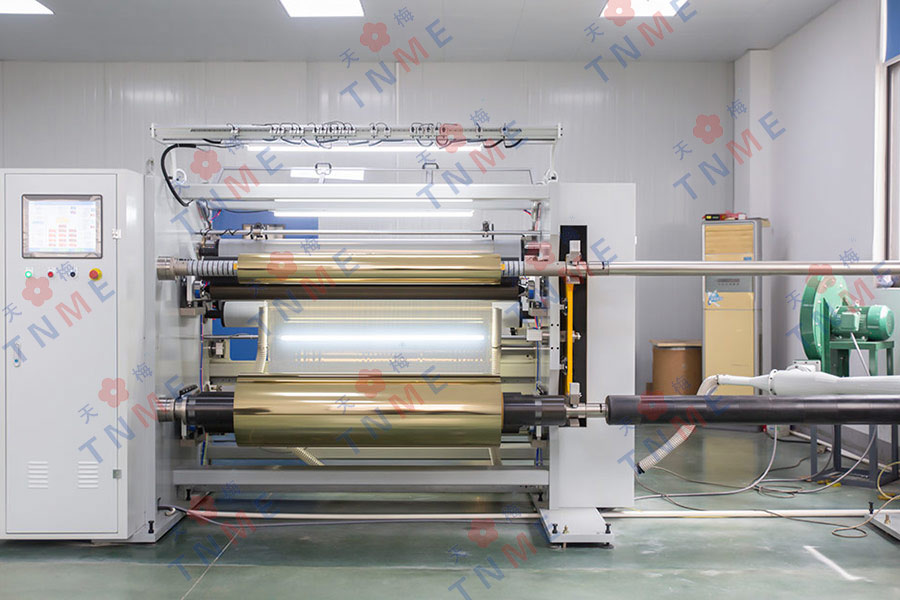
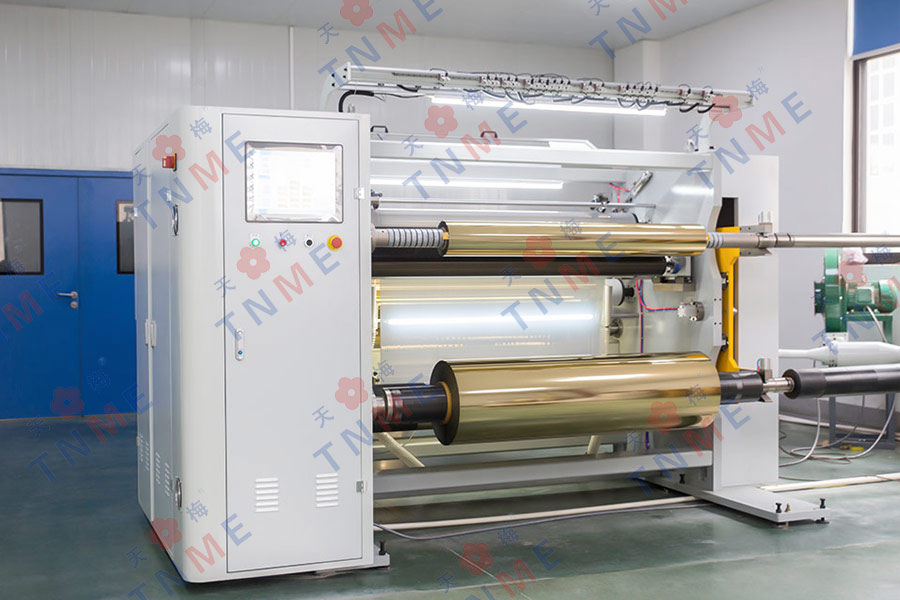
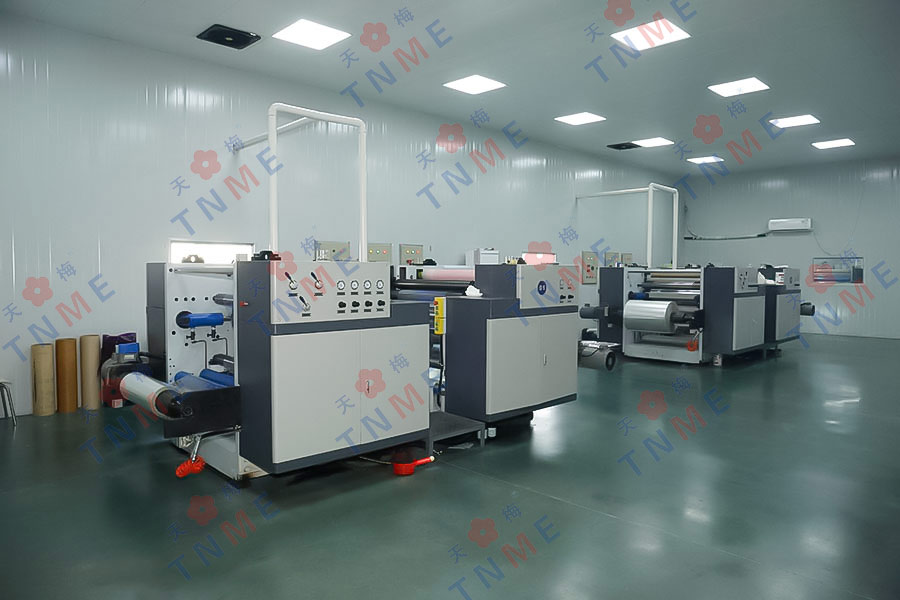
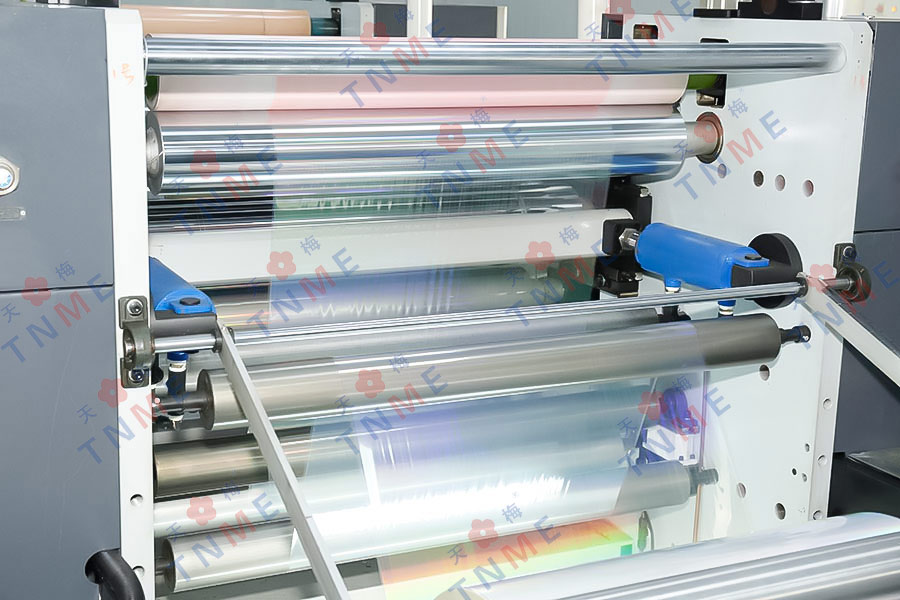
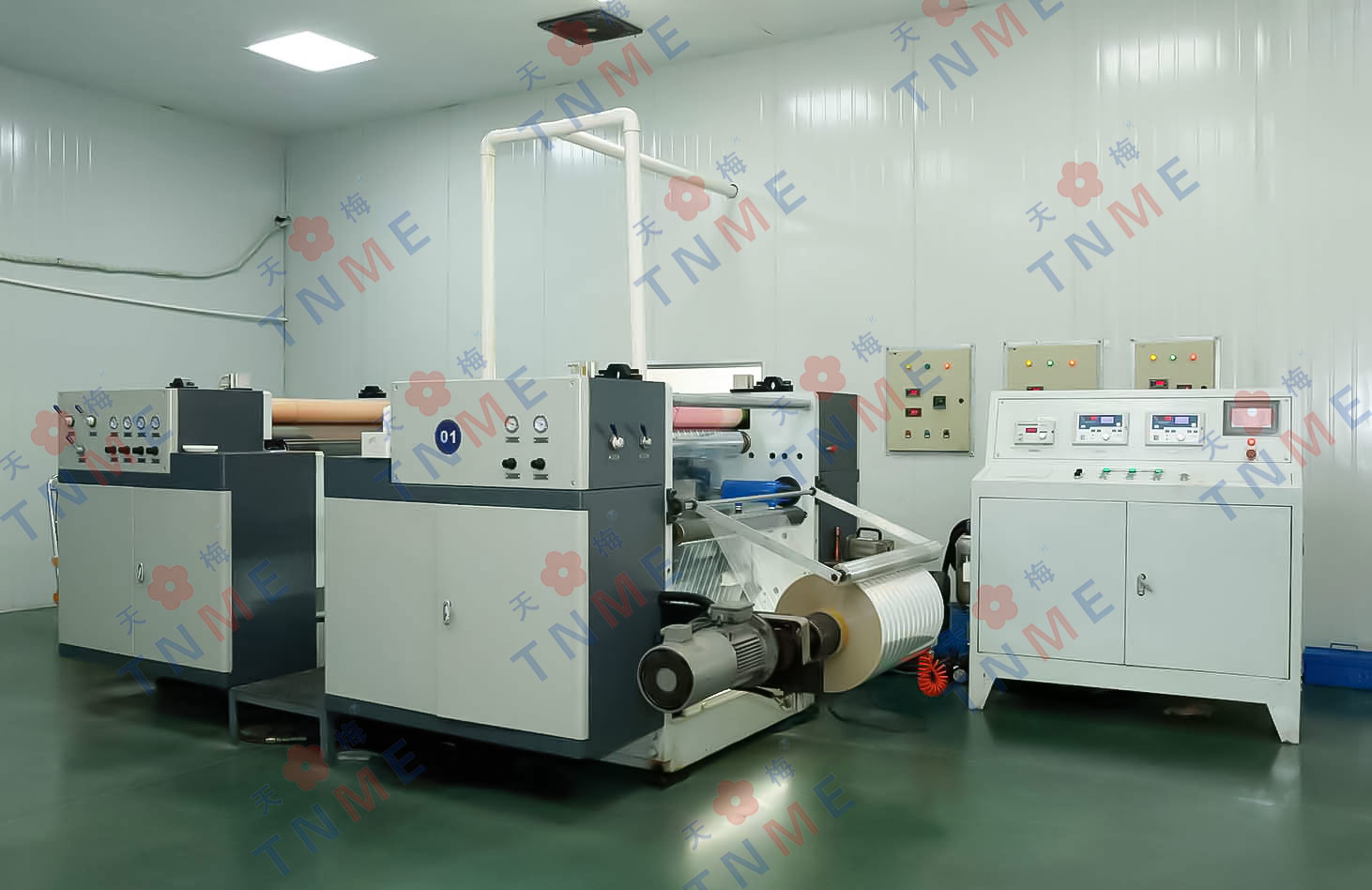
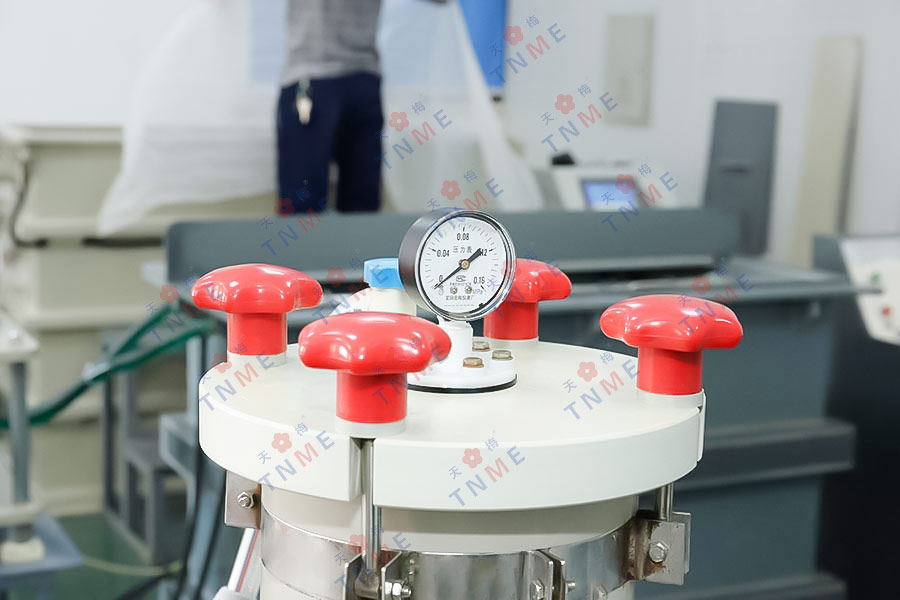
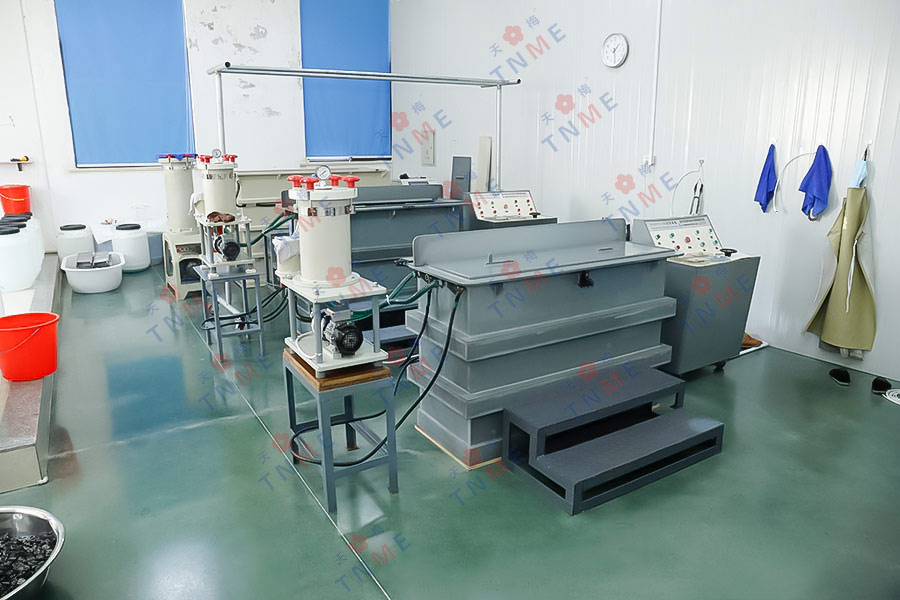
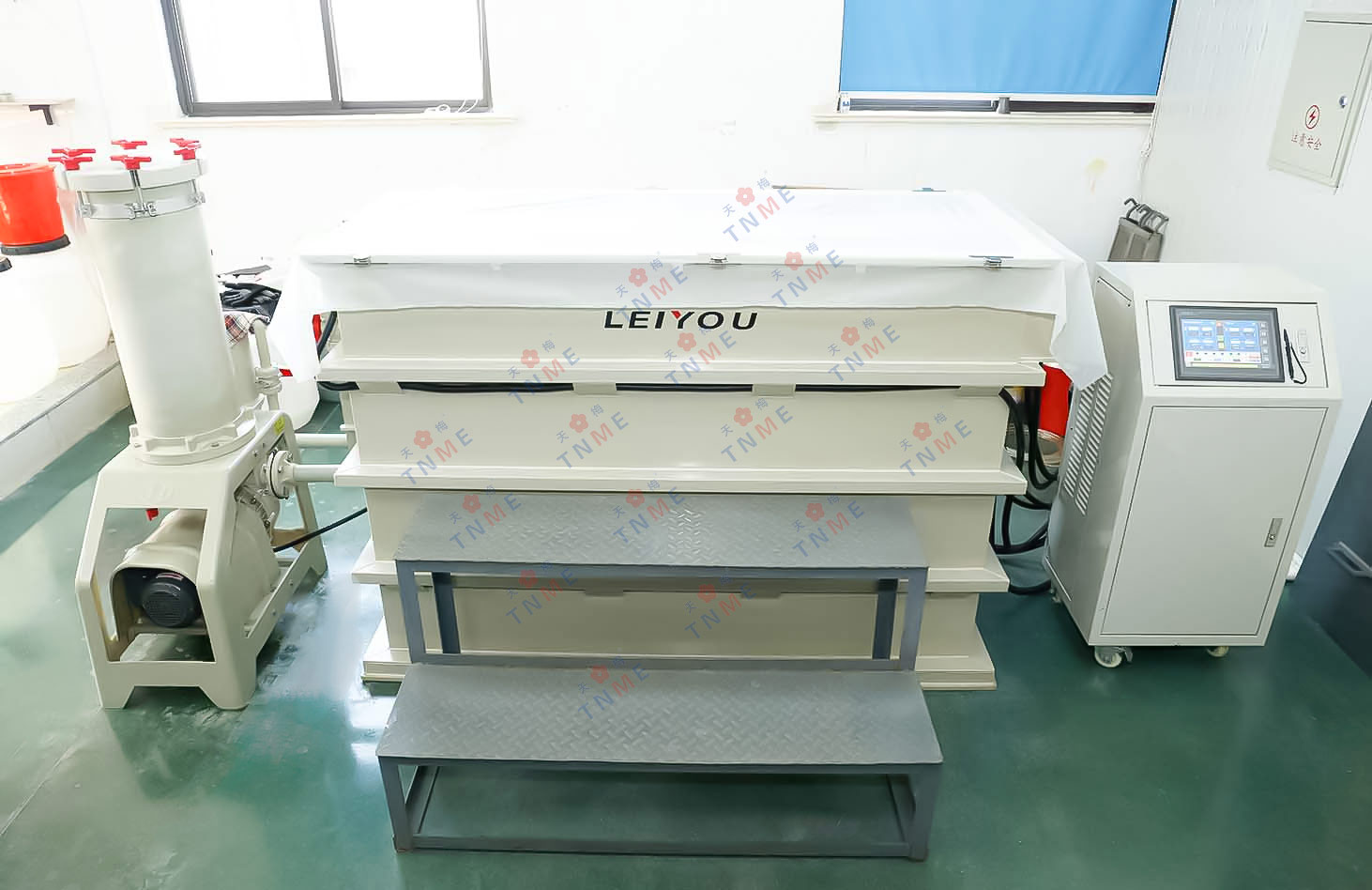
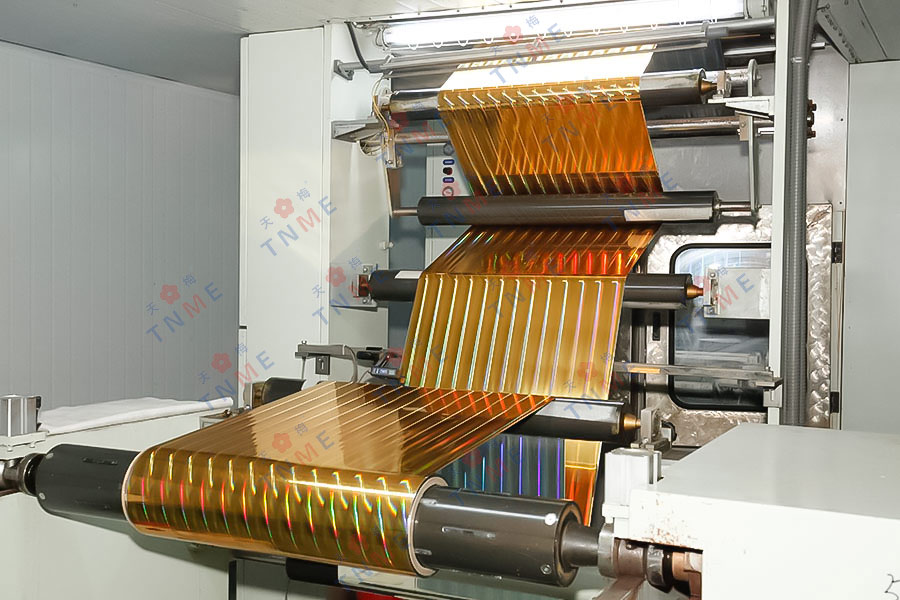
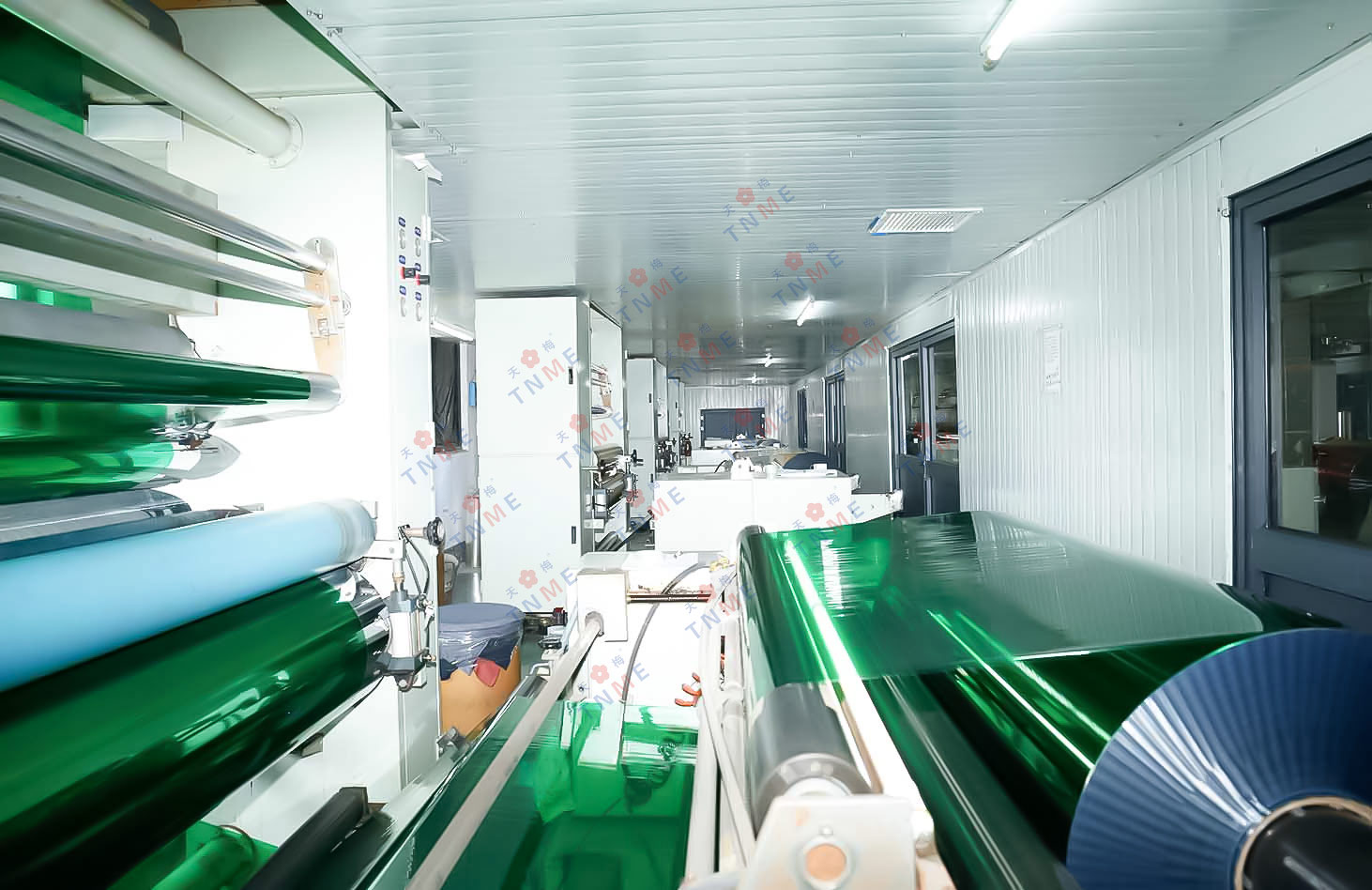
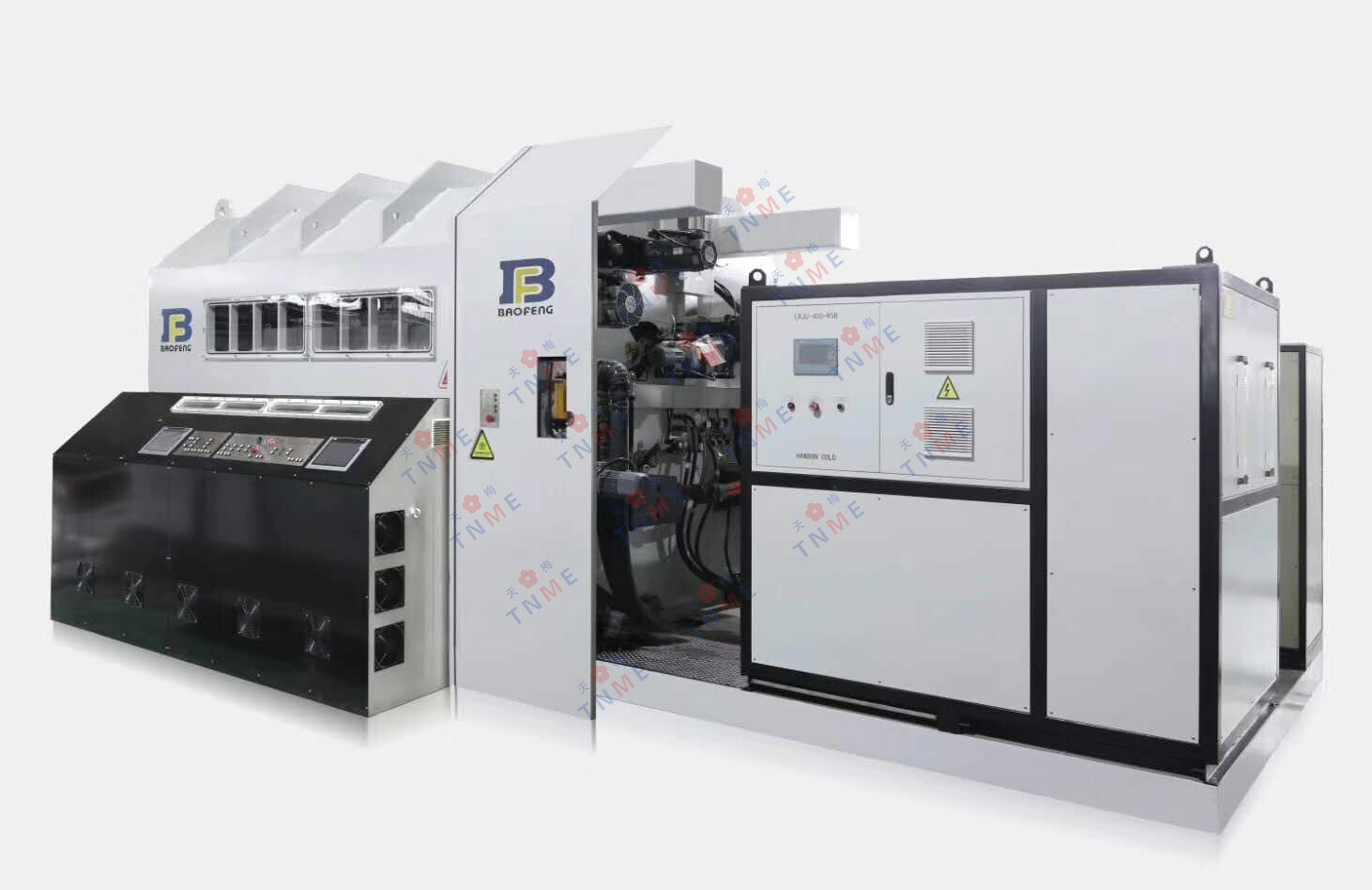




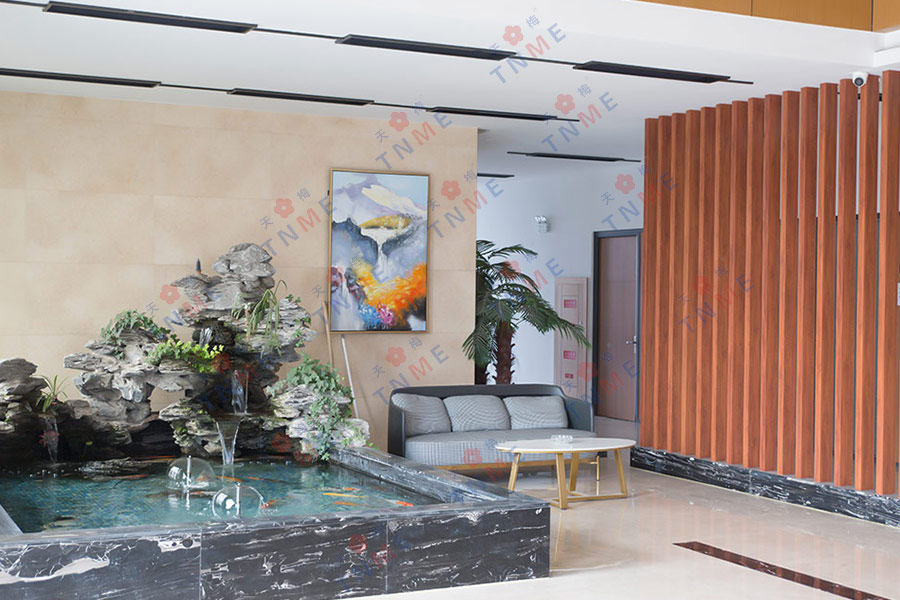
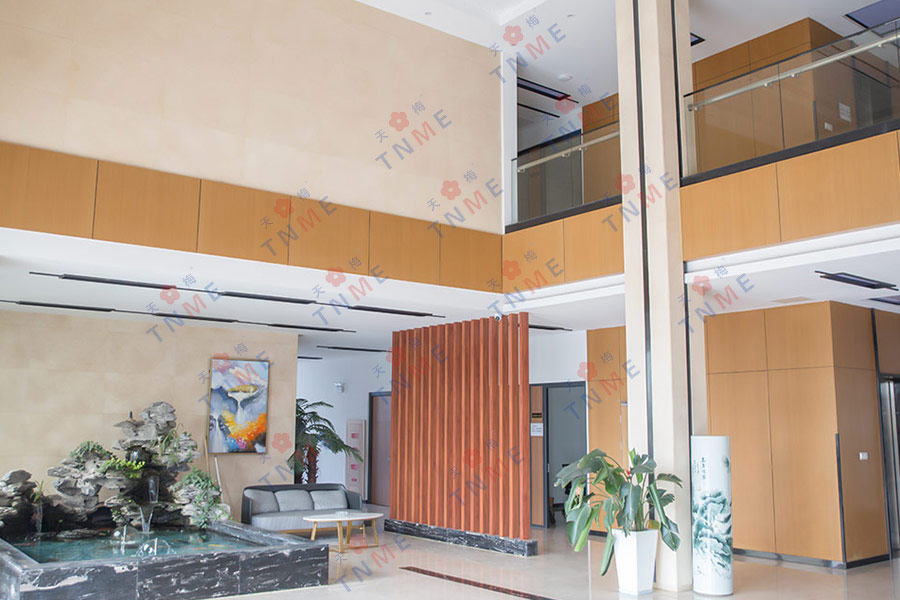
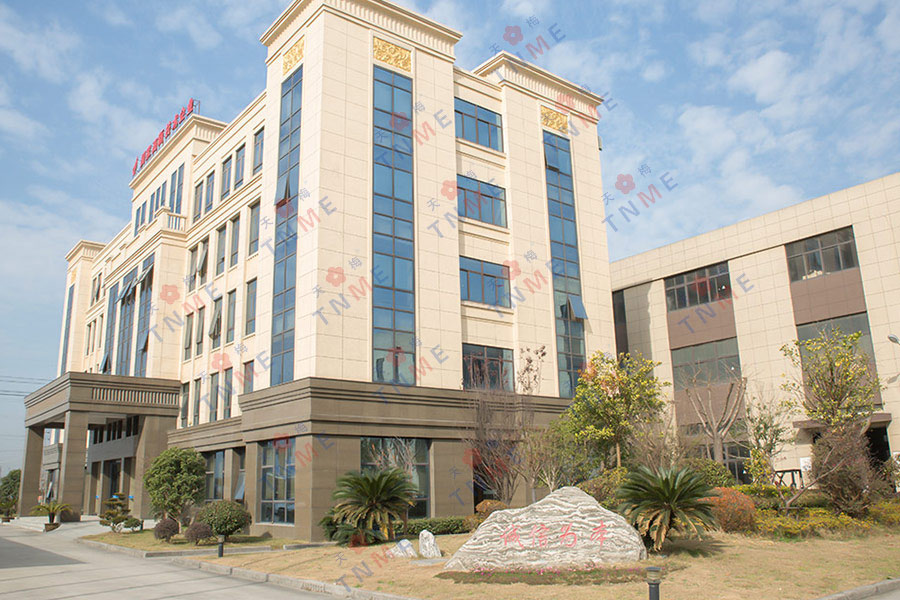
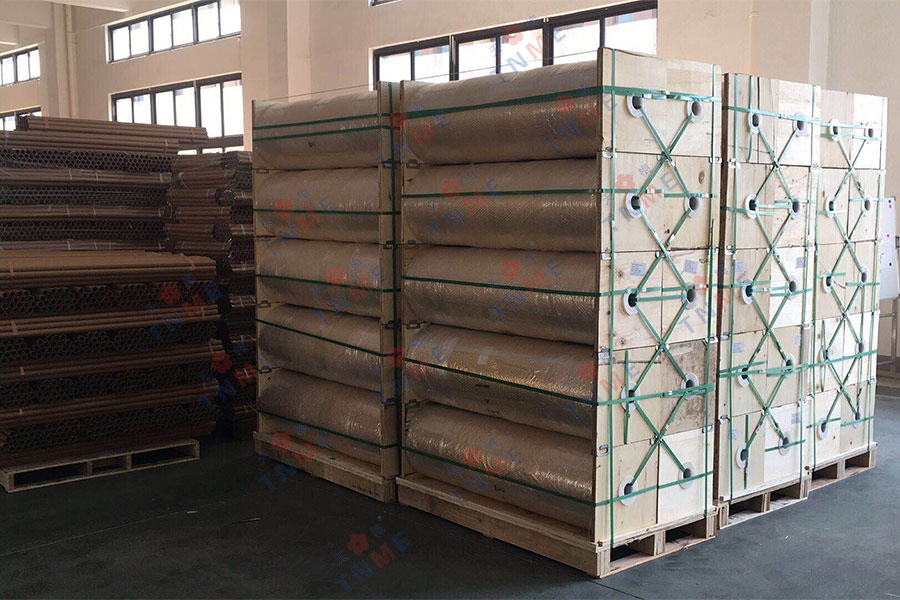
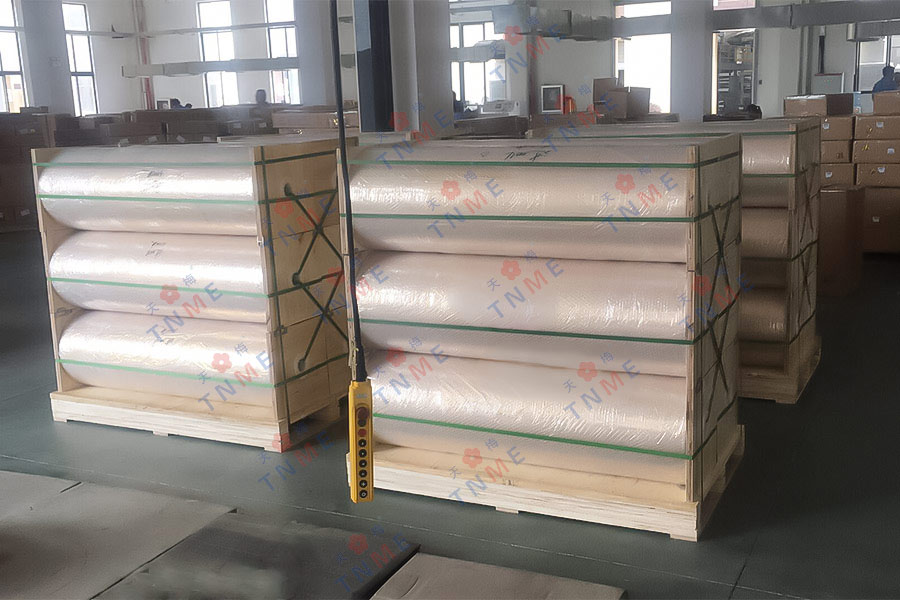
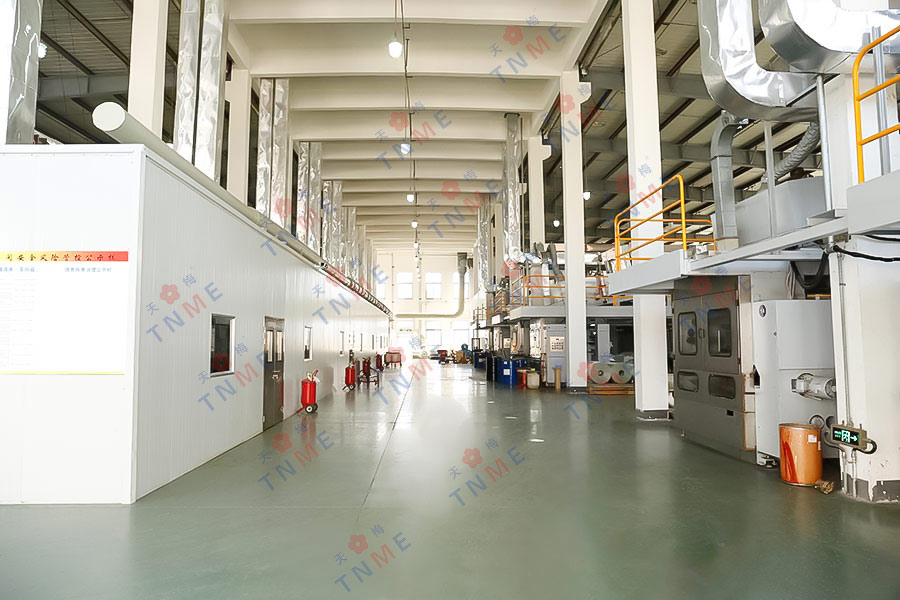
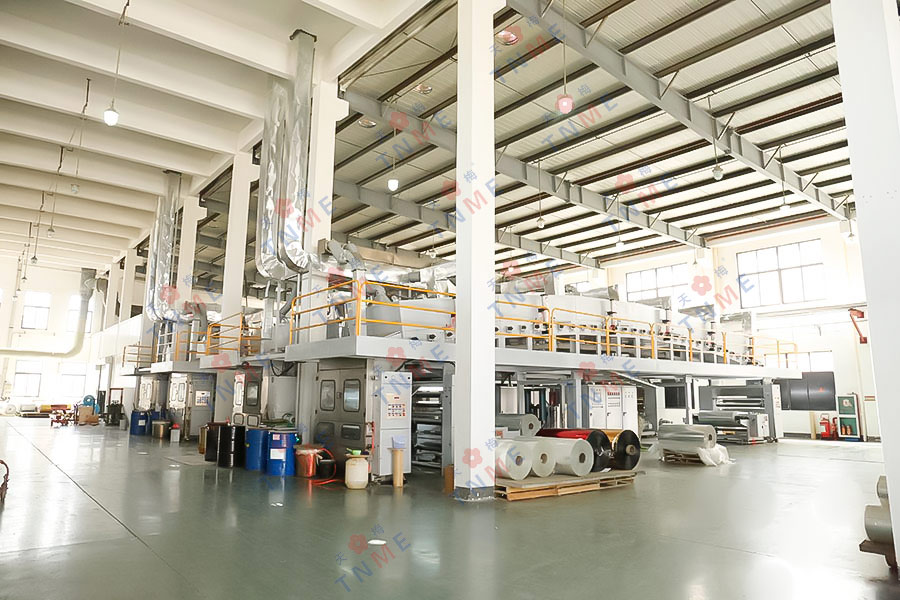
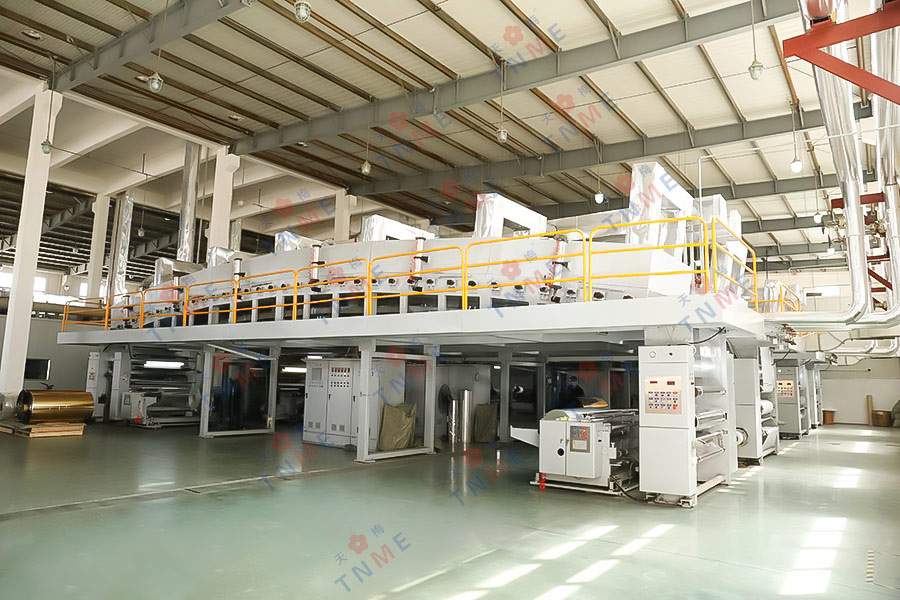
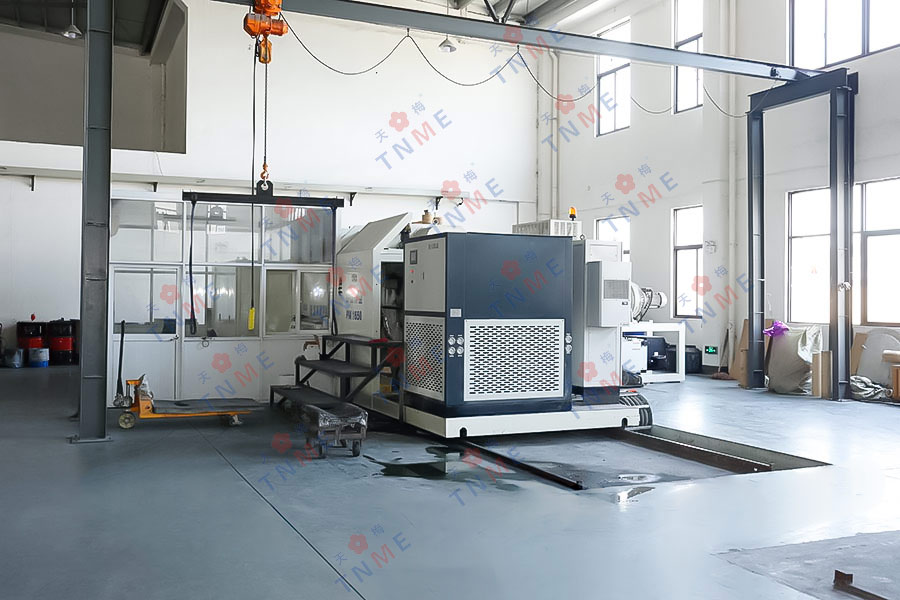
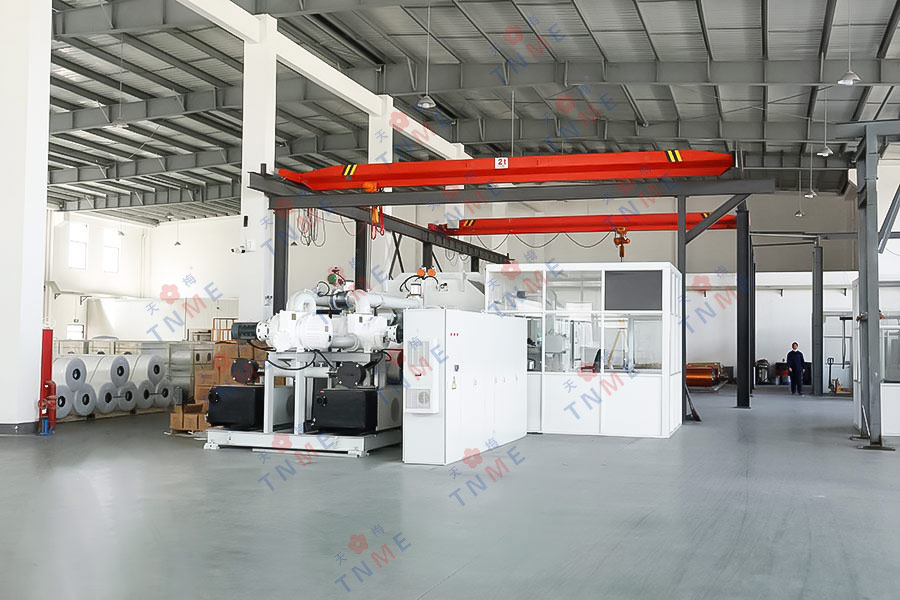
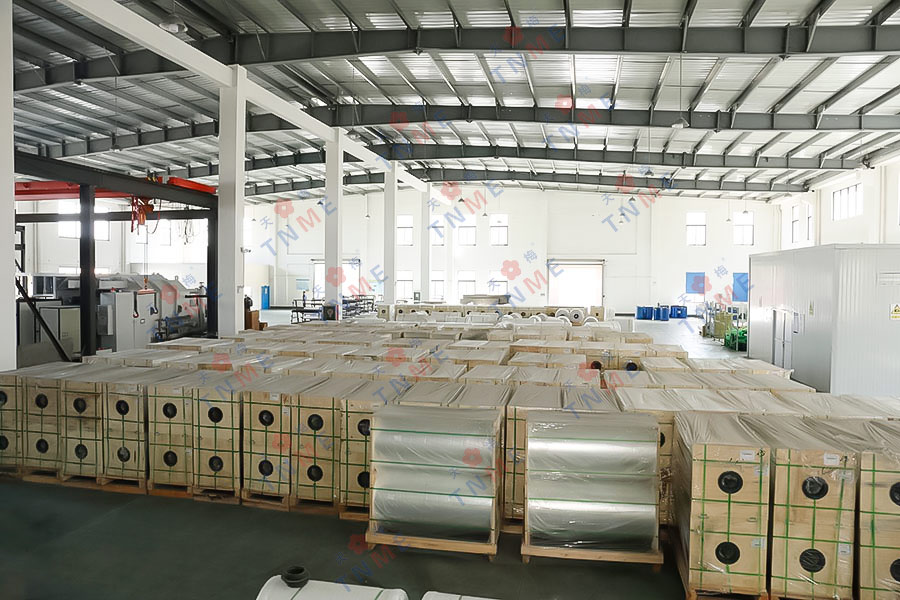
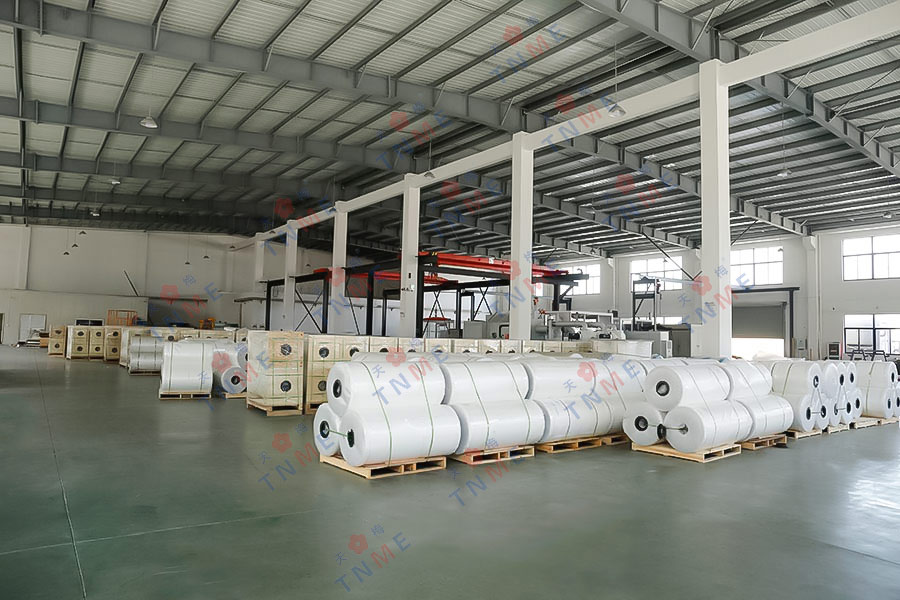
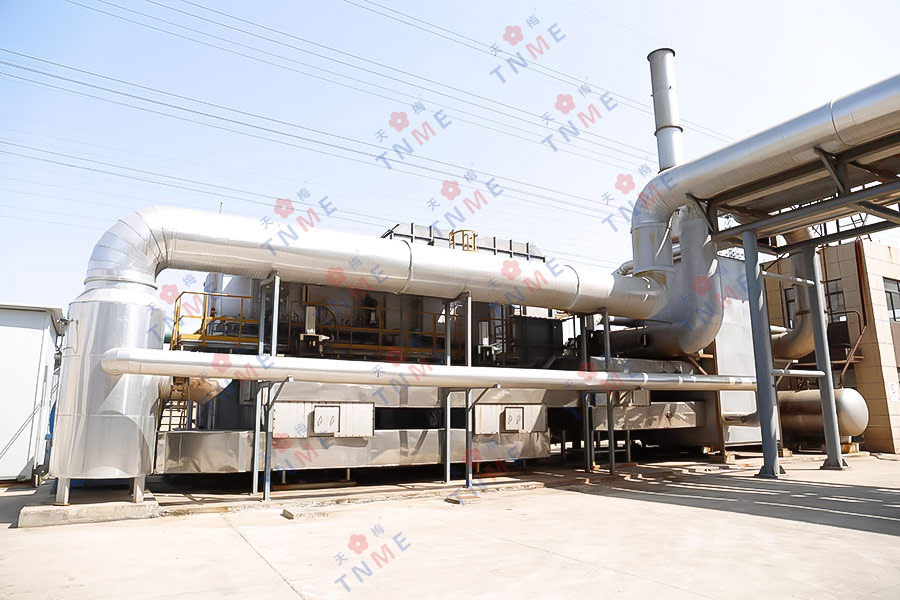
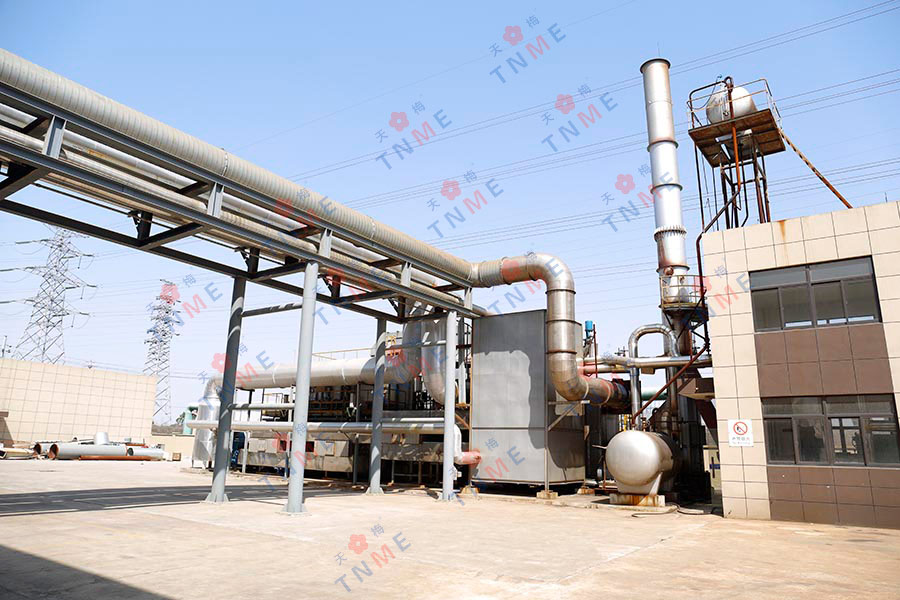
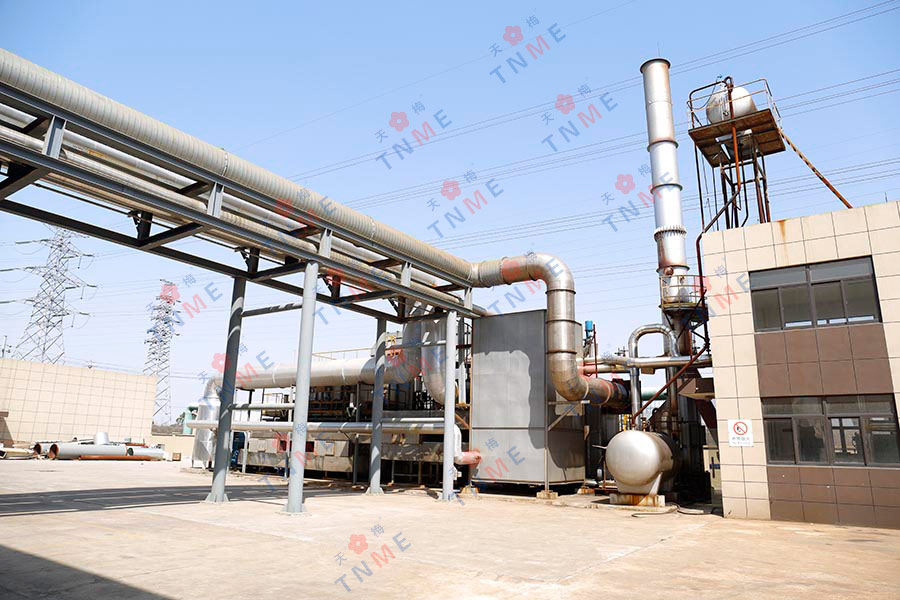
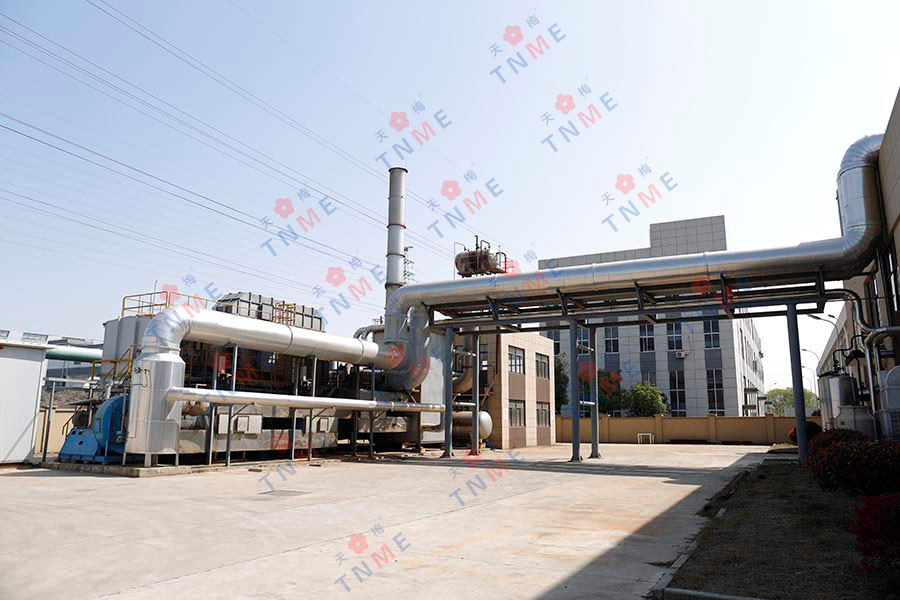
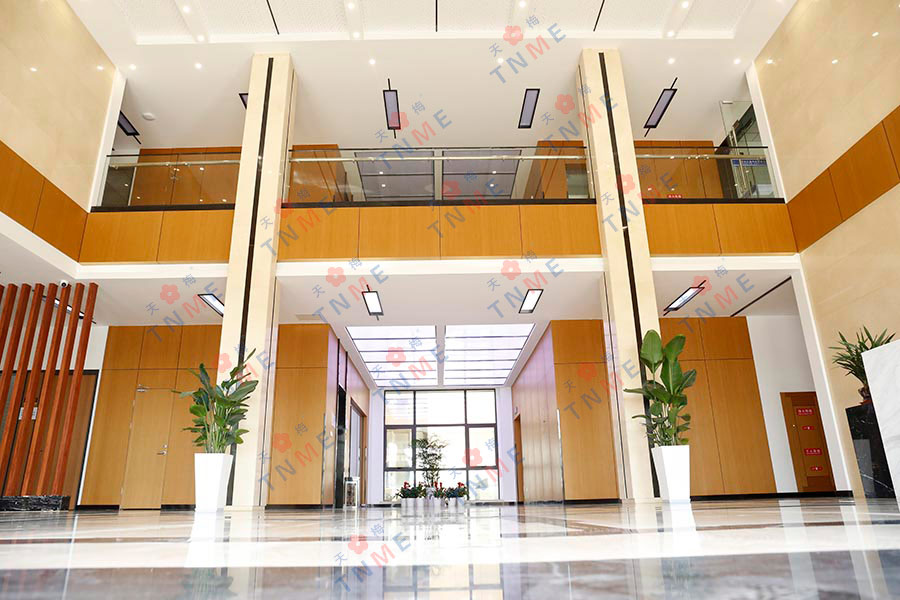
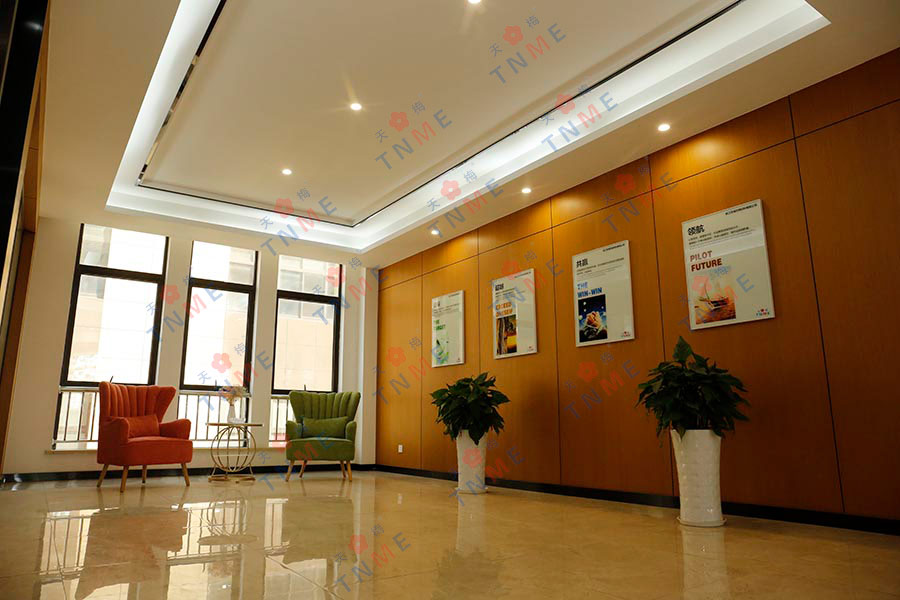
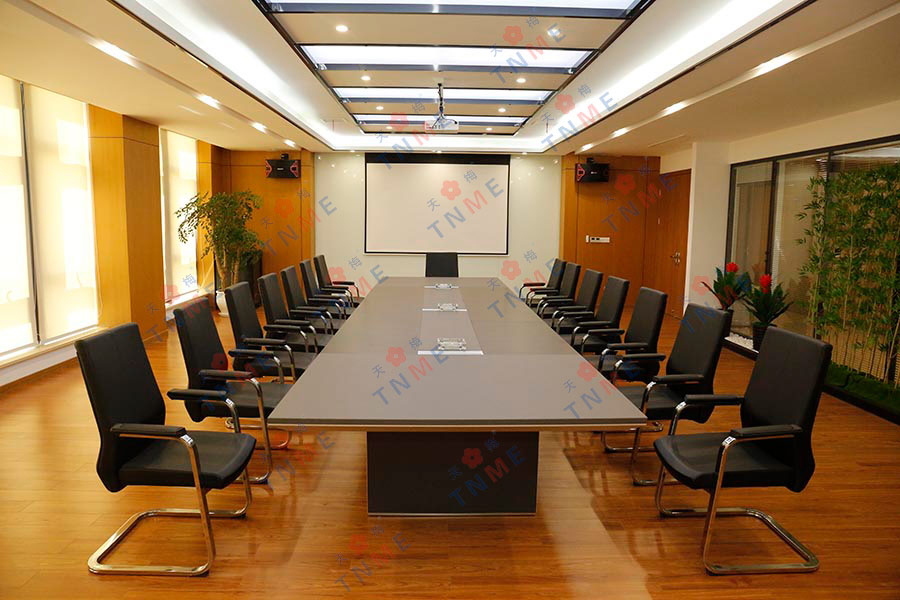
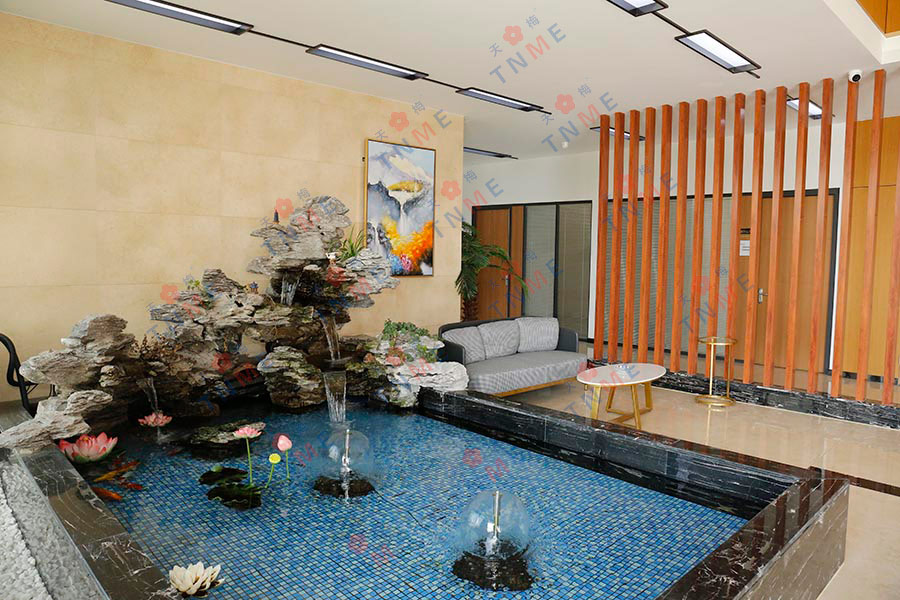
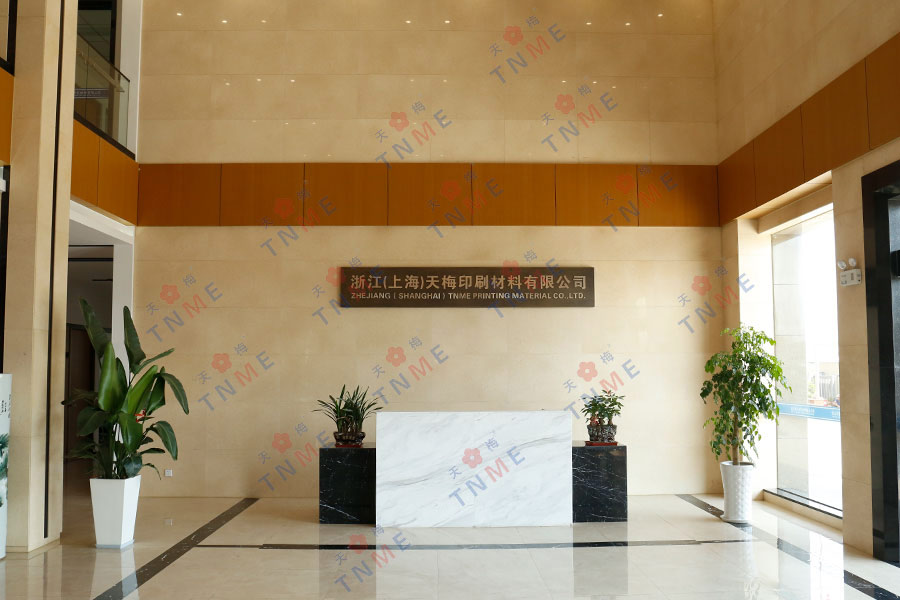
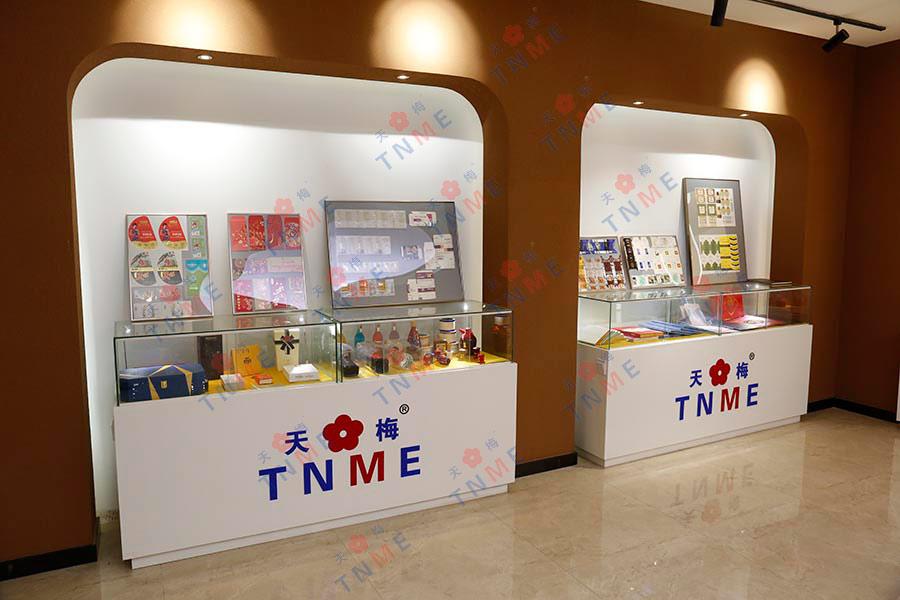
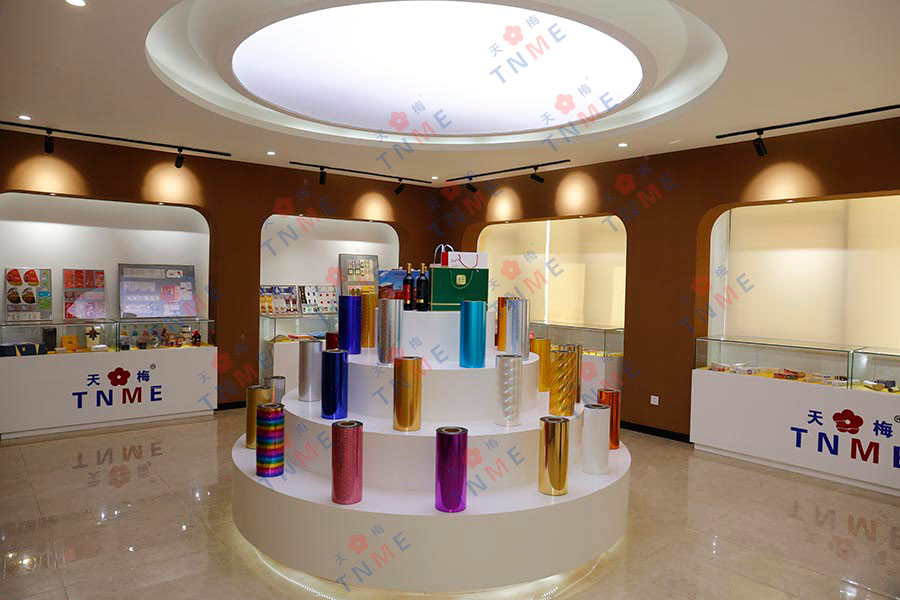

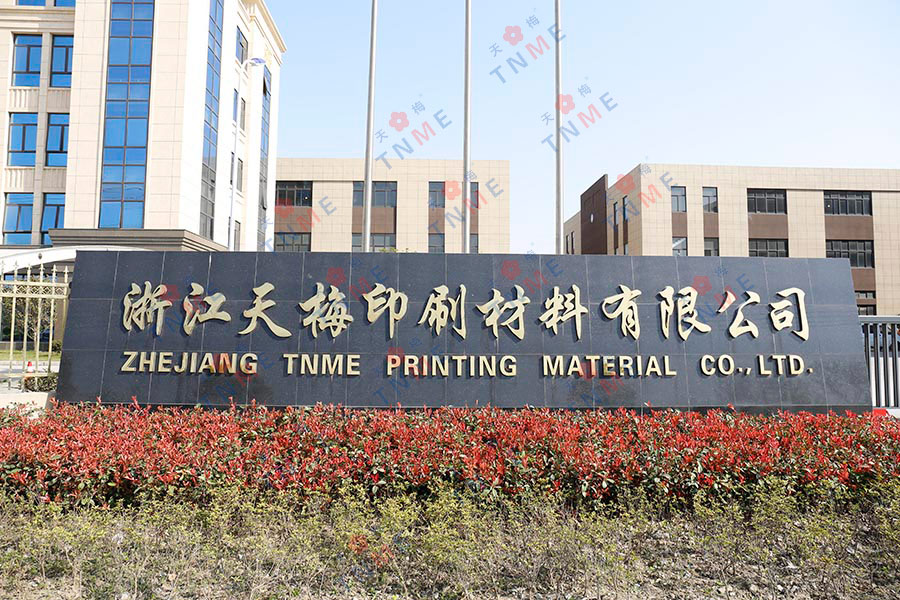
Artificial leather foil has emerged as a versatile material widely used in fashion, automotive, upho...
Pigment foil has become a cornerstone material in modern packaging, labeling, and specialty printing...
Laser aluminized film pearl foil has emerged as a versatile material in the promotional and decorati...
In the realm of decorative surfaces and premium packaging, the application of metallic and pigmented...